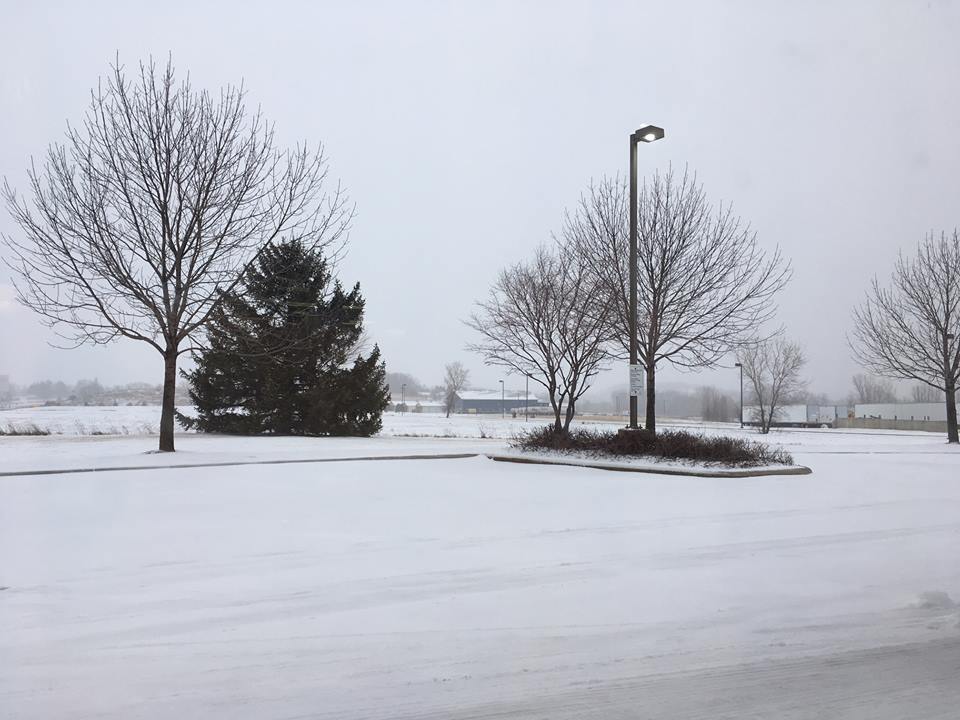
 In further discussion of yesterday’s post– How do you tackle a daunting rewrite? My best suggestion is to outline your current script draft. Write what actually happens in each scene. What are characters doing? Briefly summarize what people say. Don’t get lost in tweaking dialogue on a major rewrite. Instead, look at the big-picture. In order to do that– An outline is critical.
In further discussion of yesterday’s post– How do you tackle a daunting rewrite? My best suggestion is to outline your current script draft. Write what actually happens in each scene. What are characters doing? Briefly summarize what people say. Don’t get lost in tweaking dialogue on a major rewrite. Instead, look at the big-picture. In order to do that– An outline is critical.
Once you’ve outlined your current draft, go over the outline scene-by-scene. Ask yourself a few key questions– Is your story urgent and active enough? Does your story have enough adrenalin moments?
Ed Hooks, in his terrific book, Acting for Animators, defines adrenalin moments as story events your character will remember on his or her deathbed. They are the highest highs and the lowest lows. Make a list of your character’s adrenaline moments in your story. You should have at least eight. They are:
* The event that starts the story off
* The event that propels your character forward into the story (The die is cast. The penny drops. Your character makes a run for it. A door closes and your character can’t go back
* The event that shows how your character has changed significantly through conflict
* The event that shows your character seizing the initiative in the story or taking things into his or her own hands
* The event that shows your character’s biggest struggle between his/her want (ego-driven goal) and the need (deeper human longing)
* The event that demonstrates your character’s choice between the want and the need
* The event at the climax of the story (or the final showdown)
* The event that finally resolves the story
Where are the adrenaline moments in your story? Are all these events vivid and visceral? Do they have a big enough impact? Do they make your protagonist feel really vulnerable? Make these events unforgettable by making your main character feel increasingly exposed and personally at risk during each story event.
Remember to use cause and effect. What does your character do to bring these events about? How do your character’s actions make these highs and lows happen? How does each action cause a chain reaction?
The audience cannot see what a character thinks or feels. They can only see what a character does. How can you make your character’s interior thoughts and feelings observable through action? The audience also can’t see what a character decides. Deciding isn’t an action. Acting on a decision is an action.
Don’t tell us what your character thinks, feels or decides through dialogue. Instead, show us what your character does as a result of thoughts, feelings and decisions. Is your main character an active force throughout the story? Or does he/she just react to others? How does he/she push the story forward? How do we actually see your character growing or changing or pushing, prodding and transforming others?
Ask yourself, could an audience understand your story by only watching your main character’s actions? Could the audience understand the major story beats without any sound (using visuals only)?
Now write a new outline that solves those problems. In your new outline, incorporate more active moments, cut all extraneous material or repetitive dialogue and make any other necessary changes and adjustments.
Rewriting in outline form helps keep the bigger picture in perspective and keeps your focus on the larger issues: filling plot holes, creating action that fulfills the character’s intent (rather than the writer’s intent) and fixing emotional disconnects. It avoids the easy trap of continually fine-tuning dialogue and glossing over the larger problems in the script.





No comment yet, add your voice below!